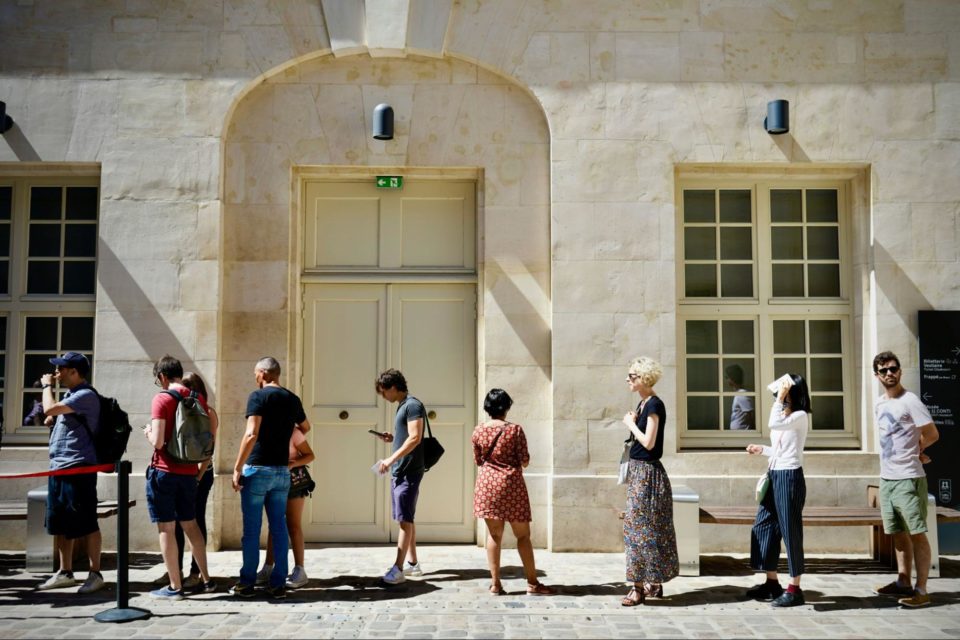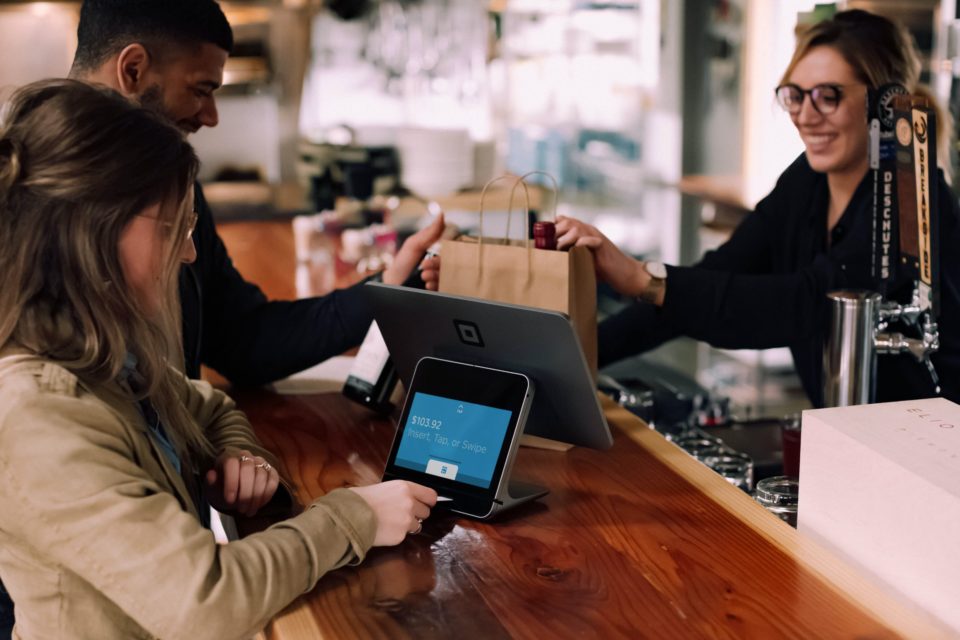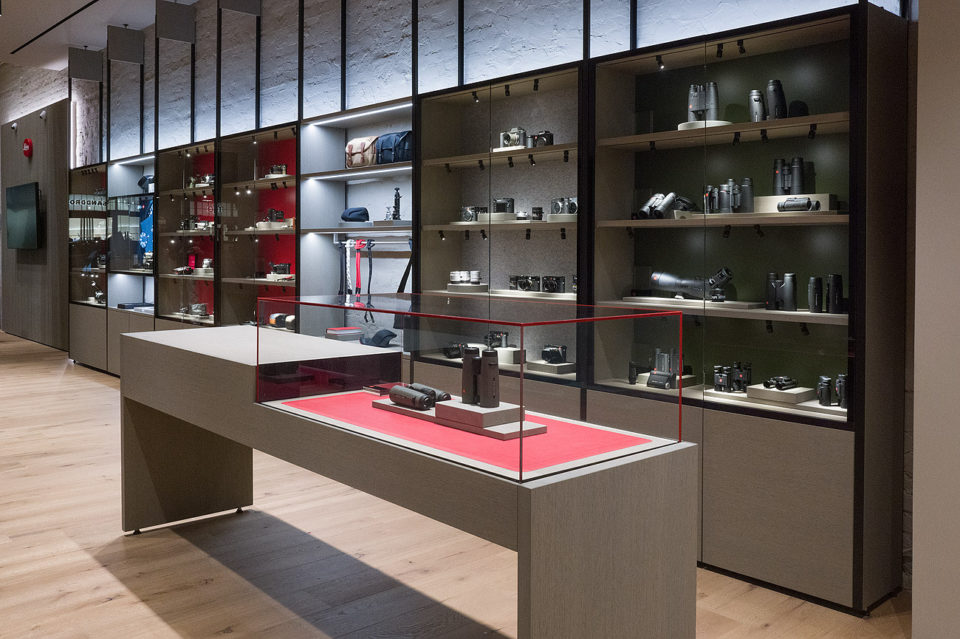Luxury customers shop faster than you may think – with 2/3 preferring to shop via a mobile device
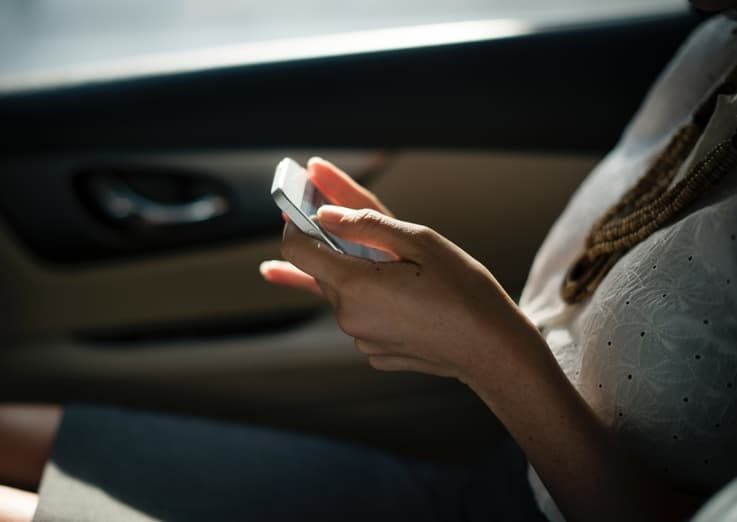
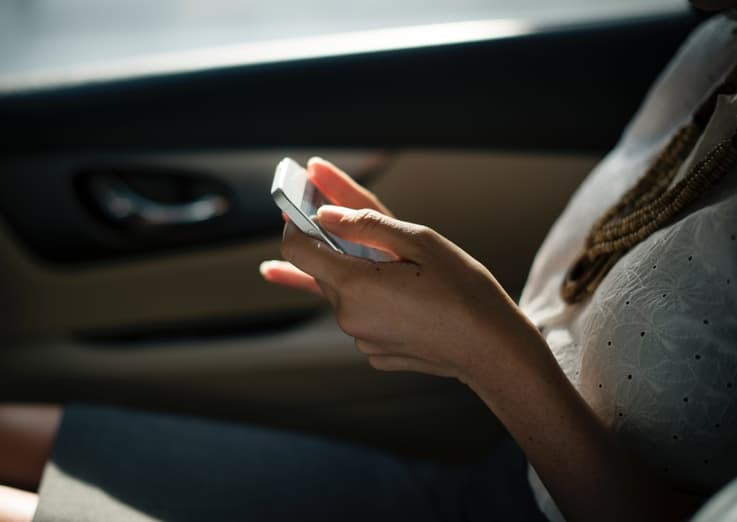
Duncan Keene of ContentSquare reveals some surprising new insights into luxury retail.
Believe it or not, in today’s digitally driven world there are still some high-end luxury fashion brands where you cannot purchase online.
Yes, there remain some challenges – such as getting one’s head around clicking the ‘add to basket’ button for a purchase worth thousands of pounds, as well as the discretion needed with shipping for certain customers.
But luxury brands are starting to recognise that by delivering an exceptional product, together with a more engaged end-to-end digital experience – one that reflects the brand’s core values but connects the dots between users’ lives online and offline – they can really make a fashion statement in a competitive marketplace.
Buying high-end luxury used to mean exclusive in-store shopping with a bells and whistle personal service, but with the average age of today’s luxury shopper at 34 – millennials are the new rich. What’s more, luxury brands are realising that they have to accommodate a younger, more diverse, tech-loving clientele, whilst also serving their loyal existing customer who tend to be an older demographic.
It cannot also not be overlooked that in this era of hyper-connectivity and mobility, it is the users themselves who have more control than ever over a brand in terms of content and interface engagement. Brands therefore need to work harder at putting user experience at the heart of their marketing communications. It is no longer enough for a website or mobile app to simply facilitate a purchase – the role of today’s brand interface, especially in the luxury market has to trigger, inspire and stimulate user engagement to justify the high-end ticket prices.
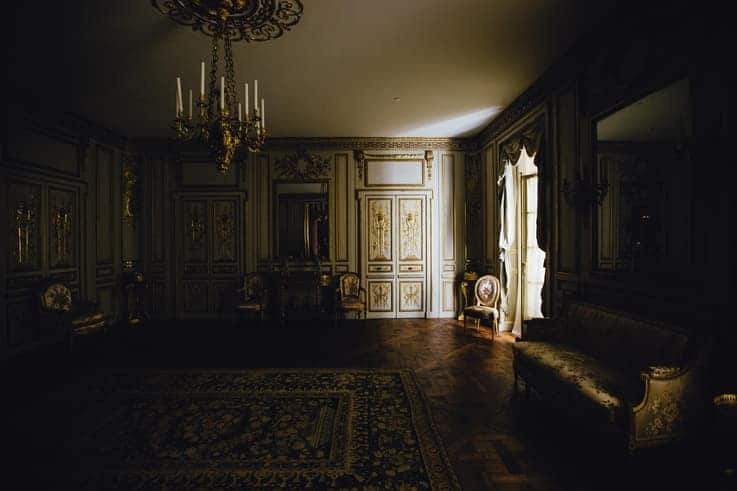
In a report commissioned by ContentSquare there are some surprising results when it comes to user behaviour in the luxury market.
ContentSquare found that 80% of homepages visited in the e-commerce space are outdated with notions of ‘best practice’ or ‘tried and tested’ that are negatively affecting brands’ bottom line as well as their all important brand image.
As a result marketing teams are challenged on focusing wholeheartedly on the customer and investing in UX to develop, at times, daring interfaces that match up to demanding user expectations. Specifically at the luxury end of the market, brands are really beginning to think outside of the box by investing heavily in inspirational branding and making browsing sessions an integral part of the shopping experience.
Surprisingly, ContentSquare found that two out of three visitors to luxury sites were mobile users and even though their visitor sessions may be short (37% of visits on a mobile device last under 1 minute) content consumption remains high.
In fact, mobile users tend to flick through pages, and browse through content 1.8 times faster than desktop users. And whilst we may believe it’s the inspirational content that gets more traffic – the pages where a brand can articulate its identity and creativity, through videos, interactive elements and where we can all imagine we are Bella Hadid in the latest en vogue seasonal piece – we learn that 91% of window-shoppers end up viewing less than one minute of inspirational content compared to the specific product and category no nonsense pages. These pages are where mobile users can easily find their specific fashion must-have and in turn are more like to covert to a sale.
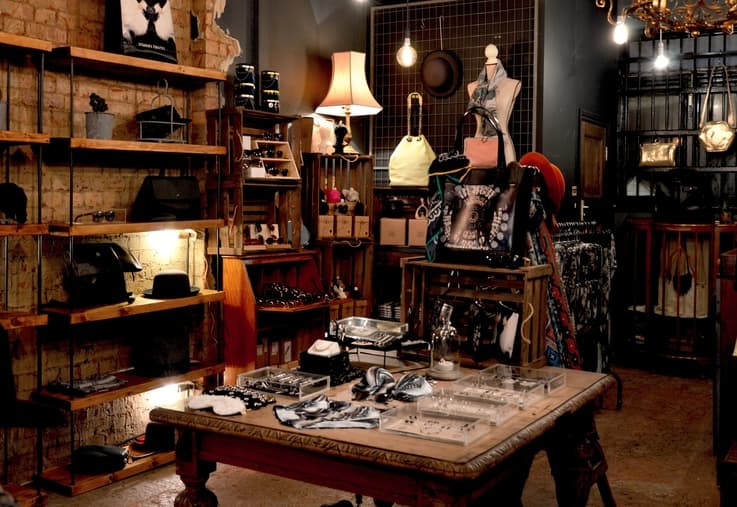
This doesn’t mean they don’t love a good story, and emotive and inspiring content needs to remain firmly at the heart of a brand’s website, but with higher visitor numbers to category and product pages (13% of luxury site visitors view more than six products during their first visit alone) brands need to think about moving it to those pages where user engagement is at its highest.
In today’s mobile-first age, where the need for instant gratification comes as pre-requisite in retail, there’s also a 50% chance that a mobile user will leave a site after five seconds of loading time. Herein lies the problem with inspirational content that is often animated or visually led.
But for luxury brands that adopt a mobile-first approach and blend creative and beautiful branding elements with effective purchasing funnels, the sky’s the limit.
The full report on driving a superior user experience in the luxury sector and its extensive findings can be found here.
Duncan Keene is UK Managing Director at ContentSquare, which serves greater personalisation and enhanced tools to improve online user experience for brands such as L’Occitaine, LMVH, Matches Fashion.

